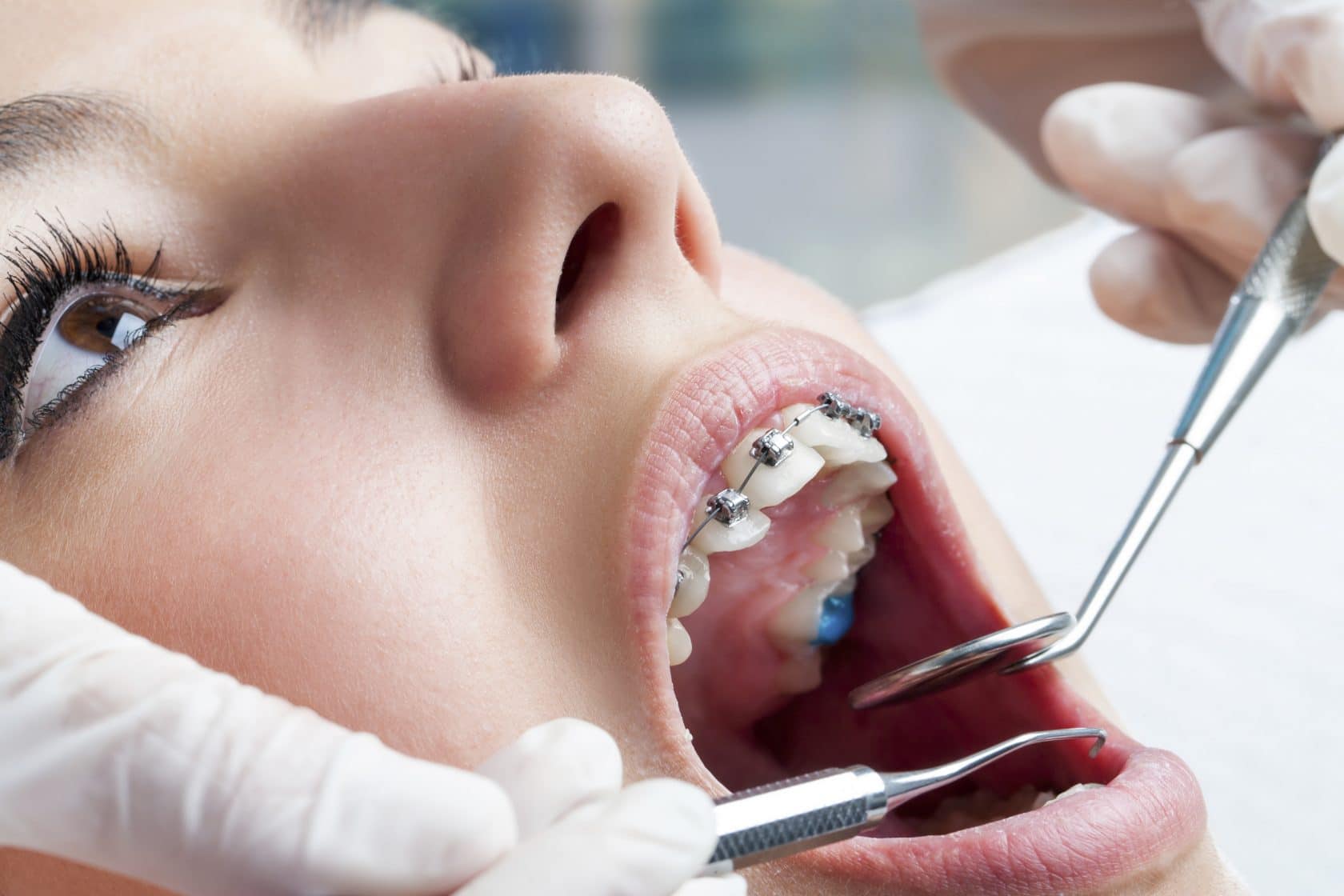Why Cumming Invisalign is the Perfect Option for a Discreet Orthodontic Solution
Wiki Article
Comprehensive Overview to Orthodontics Procedures for Remedying Dental Misalignments
In the world of orthodontics, the journey to accomplishing a completely straightened smile includes a myriad of treatments customized to remedy dental imbalances. From conventional braces to unnoticeable aligners and also surgical alternatives, the area of orthodontics uses a range of solutions to resolve varying degrees of dental abnormalities. Comprehending the complexities of each treatment, including their systems, benefits, and potential disadvantages, is crucial in making informed decisions regarding one's orthodontic therapy. As we navigate through the detailed overview to orthodontic treatments for remedying dental imbalances, the complex information of each approach will unfold, clarifying the course toward a harmonious and functional oral placement.Orthodontic Procedures Introduction

In enhancement to conventional dental braces and clear aligners, orthodontists might likewise advise various other treatments like headwear, palatal expanders, or retainers to resolve particular placement problems (cumming aligners). These procedures are tailored to every person's distinct requirements and might include a combination of treatments to achieve the desired outcomes. Routine changes and tracking are essential parts of orthodontic treatment to guarantee development gets on track and to make any type of necessary adjustments along the method. By going through orthodontic procedures, clients can not only achieve a straighter smile but likewise enhance their total oral wellness and feature.
Typical Braces: How They Function
When taking into consideration orthodontic therapies for oral imbalances, standard dental braces stick out as a reliable method for correcting teeth placing. Traditional dental braces contain brackets, cords, and bands that collaborate to apply constant stress on the teeth, progressively relocating them into the desired alignment. The brackets are connected to the teeth utilizing a special adhesive, and the cords are threaded with the brackets. By readjusting the stress of the cables, orthodontists can control the direction and pressure put on each tooth, leading them right into correct placement with time.
One trick element of exactly how typical braces work is the procedure of bone remodeling. As pressure is related to the teeth via the dental braces, the bone surrounding the teeth is improved to sustain the brand-new tooth settings. This improvement is necessary for the long-term security of the dealt with placement. Patients will certainly require routine changes at the orthodontist's office to make sure the braces continue to use the right stress for reliable teeth activity.
Invisible Aligners: Advantages And Disadvantages
These clear, customized trays are virtually invisible when used, making them an appealing option for people seeking a much more aesthetically pleasing orthodontic treatment. Clients can remove the aligners before read more eating or brushing their teeth, decreasing the threat of food getting stuck in the device and simplifying the cleaning process.
Surgical Orthodontic Options
Surgical treatments in orthodontics existing sensible alternatives for resolving intricate dental misalignments that might not be effectively solved via standard orthodontic therapies. While traditional braces and unseen aligners can fix lots of orthodontic issues, certain situations require surgical intervention to accomplish optimal outcomes. Surgical orthodontic options are usually recommended for extreme malocclusions, significant jaw inconsistencies, and situations where the underlying bone structure requires alteration to achieve proper alignment.One usual medical orthodontic procedure is orthognathic surgery, which involves rearranging the jaws to correct functional problems such as trouble speaking or eating. This surgical procedure is usually carried out in partnership with an orthodontist that helps line up the teeth before and after the procedure. Surgical orthodontics might additionally include treatments to reveal impacted teeth, remove excess gum tissue, or improve the jawbone to create an extra harmonious facial account.
Before periodontist near me thinking about surgical orthodontic options, patients undertake a comprehensive evaluation to determine the necessity and prospective advantages of such treatments. cumming orthodontist. While surgical this content procedure might seem overwhelming, it can considerably enhance both the feature and appearances of the smile in situations where traditional orthodontic treatments fail
Retainers and Post-Treatment Treatment

Failing to comply with post-treatment treatment instructions can result in relapse, where the teeth slowly relocate back in the direction of their initial placements. Consistent retainer wear, great dental hygiene, and regular dental check-ups are necessary for preserving the outcomes achieved with orthodontic surgery and ensuring the lasting security of the fixed oral placement.
Conclusion
In conclusion, orthodontic treatments offer numerous options for dealing with oral imbalances. Surgical orthodontic options are offered for a lot more severe misalignments. Generally, orthodontic treatments can efficiently improve dental wellness and aesthetic appearance.As we browse through the comprehensive overview to orthodontic procedures for correcting dental imbalances, the detailed information of each technique will certainly unfold, dropping light on the path towards a harmonious and functional dental alignment. - cumming aligners
One of the most usual orthodontic therapies is the usage of dental braces, which are composed of steel braces and cords that use gentle pressure to slowly change teeth right into the desired setting.When considering orthodontic treatments for dental imbalances, traditional dental braces stand out as a reliable method for dealing with teeth placing. Additionally, unseen aligners may not be suitable for complicated orthodontic concerns that require even more significant teeth activity, as they are typically recommended for light to moderate instances. Retainers are custom-made orthodontic gadgets designed to hold teeth in their dealt with placements after the conclusion of orthodontic treatment.
Report this wiki page